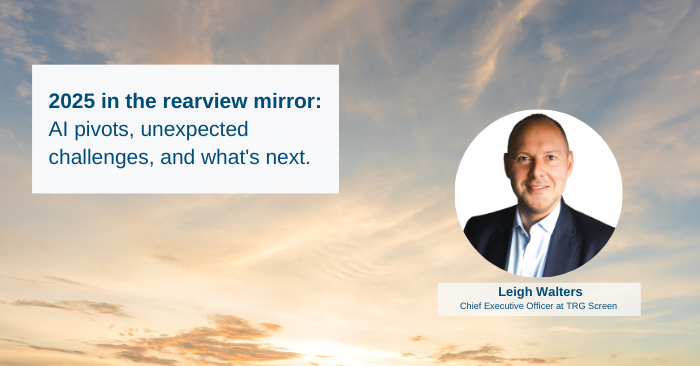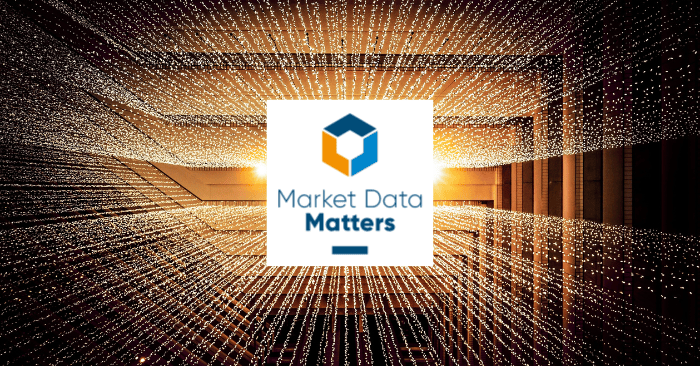Stocks, bonds or foreign exchange: which is a financial institution’s most important asset? Many would argue it’s none of these, with each outranked by the torrents of market data without which no financial services firm can price, buy or sell an instrument, initiate or complete a trade.
The volume and value of this vital digital stream is vast and growing. In 2020 the financial industry spent more than $33 billion on data and information, a record and up nearly 6 percent on the year before, according to Burton-Taylor International Consulting.
Add to that so-called “alt” (for alternative) data, embraced by hedge funds in the pandemic, including satellite images of traffic jams in Beijing, retail footfall metrics and social media posts, and the picture becomes yet more complex.
Looking for an edge
“Everyone is looking for that edge,” said Leigh Walters, Chief Operating Officer of New York-based enterprise subscription management company TRG Screen, whose customers range from huge global banks to small hedge funds, in his interview for Harrington Starr’s 'The Financial Technologist Magazine. “The variety of sources grows by the day.”
A driver of growth and complexity in the market is the need for automation to fuel
algorithmic or high-speed trading and state-of-the art analytics. This, in turn, has pushed data costs higher, drawing complaints from dealer-banks and other financial firms.
With thousands of banking jobs under threat in the pandemic, market data teams are, not for the first time, being told to seek savings.
However, when major financial institutions are paying for subscriptions to hundreds of data feeds from dozens of vendors, industry insiders say it has not always been easy to get an accurate picture of the data spend and where savings can be made.
“You’ve got to choose very carefully what you switch on or switch off,” said TRG Screen’s Walters. “It’s not just cost cutting,” he said, adding it was vital to optimize access to data so that different parts of the users’ business had the information they needed to consistently perform.
But is all the data flooding in by the second really needed or is some redundant? Does the multiplicity of feeds lead to overlaps and duplicated data requests? Crucially, is it getting to the people that really need it, and are some who do need it missing out?
Driving blind
“If you don’t have that visibility, you’re driving blind,” Walters said, adding that especially smaller firms may not even realise they have a problem with data costs.
It’s not just about costs. Like many other parts of the subscription economy – think Netflix or everyday software on a laptop – market data subscriptions are licensed, with restrictions on who or how many people can use them. Assuring compliance with licence terms is a significant risk that needs to be managed.
Market leader TRG Screen, named as one of the most influential Fintech companies, also with a 20-year history of managing complex high-value enterprise subscriptions, is upgrading its existing data spend and usage management products in a new platform called Optimize.
Optimize will manage all aspects of subscriptions, including the unglamorous but crucial processes such as renewals and paying the bills.
Getting the best out of multiple subscriptions has up to now often meant hard-pressed managers hacking through lengthy reports or time spent in front of a spreadsheet.
Actionable insights
No longer. At the pinnacle of the new platform is Optimize Insights, which, using artificial intelligence (AI), delivers to the data manager’s desktop the “whole story” of a firm’s data landscape and actionable suggestions for savings and usage optimization.
TRG Screen says clients are often surprised by the improved return on investment (ROI) that visibility of spend and usage can bring, with potential savings on subscription costs of 2-30 percent in the first year.
That means a mega-bank currently spending $500 million on data subscriptions could save between $50 million and $150 million while smaller firms spending $50 million could be looking at economies of $5 million to $15 million.
With the market datascape set to grow in size and complexity, optimizing data cost and usage will only become more vital.
Want to learn more about how to Optimize your market data & information service subscriptions?


.png)



